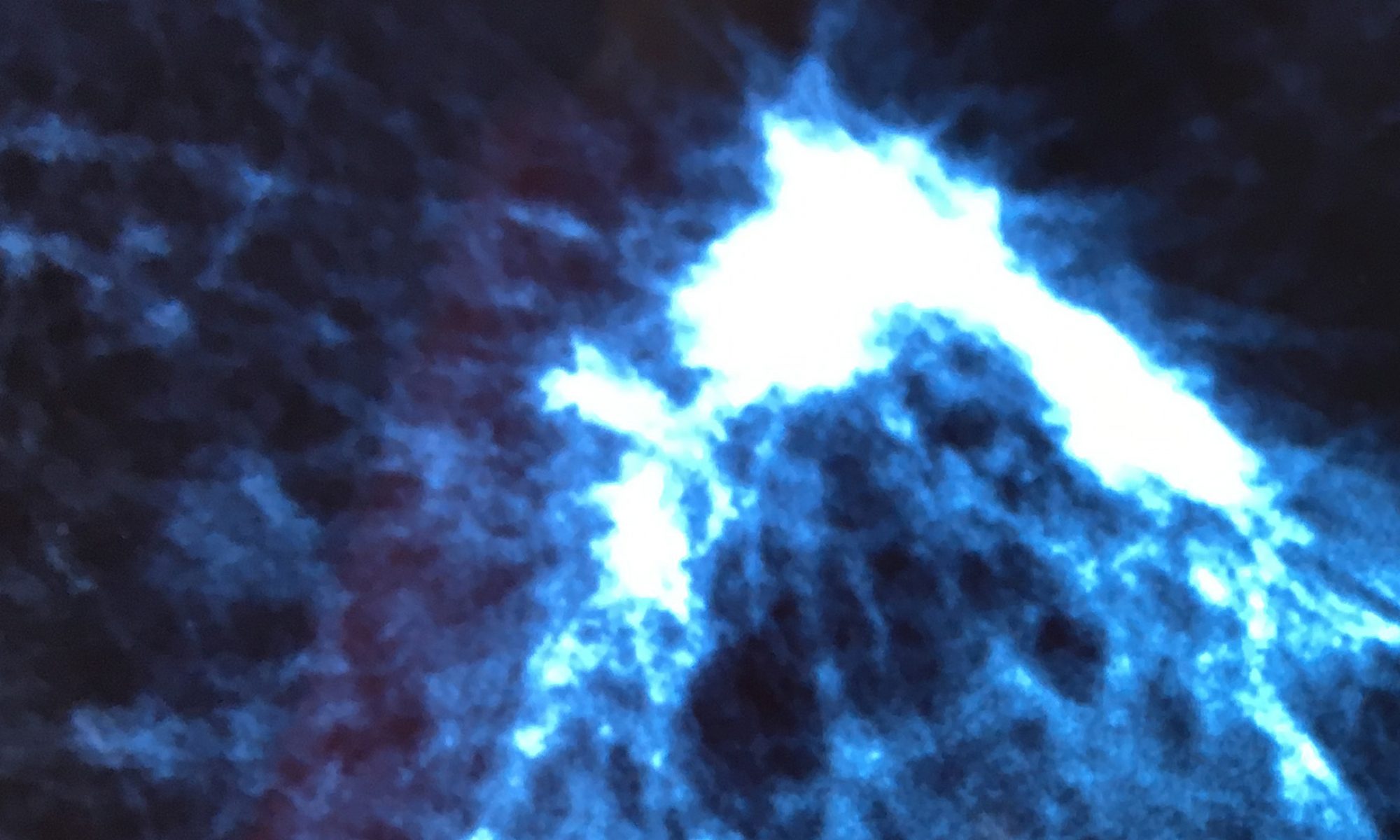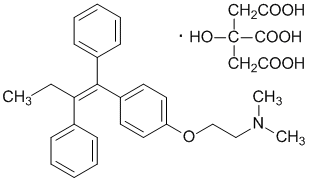Breast reconstruction is just the beginning. Once your breast cancer treatment is over, and most of the anxiety that goes with it. You then face new challenges!
Just over a week ago, I burned my reconstructed breast. Four months after immediate reconstructed and 7 weeks after finishing radiation.
The only thing I will emphasize, is do not have any heat around your breast at all!
This means, hair dryers, lamps, heating pads, hot water bottles, boiling water, cooking items… I hope you get the point!
I am not the first to do this but I hope I am the last.
When you loose all sensation after breast reconstruction you must be aware at all times of what is near you! Heat, knives, sharp objects, or ice all of these and more can completely destroy the tissue over your implant.
I am writing this post from the hospital bed I was admitted to several days ago. I burned my reconstructed breast using a heat lamp. Before you ask why? I was getting ready to start rehabilitation for my arm post-mastectomy.
This is also not the most ideal time to be in hospital. The world is currently on lock down due to the COVID-19 pandemic!
I had to have a nasal swab before I could be admitted for surgery to ensure I didn’t have COVID-19. This means being in the isolation ward for about 24 hours, with other people like you and also suspected COVID-cases! Once cleared your moved to the ward with many other people who all past the test. All private rooms are saved for COVID-19 patients!
After just finishing Cancer treatments this is the last place you would want to be.
The good:
I don’t feel a thing.
The bad:
I am “on the board” waiting for a surgery slot. I am not sure what will happen but my surgeon hopes to save as much as he can. After having a nipple-sparing mastectomy I may loose my nipple areola complex along with skin.
One week post-operative:
Luckily, the surgeon was able to save my nipple with most of the skin. My breast is now much smaller and looks very badly scarred. I am just praying something can be done to fix it later or it heals miraculously.
This experience has made me wonder why they don’t warn women about this!
Another aspect that I wasn’t prepared for, was nerve pain after removal of the tissue expander. It feels as though the entire breast area is on fire.
Homeopathy is amazing, for general pain arnica and nerve pain hypericum perforatum.



